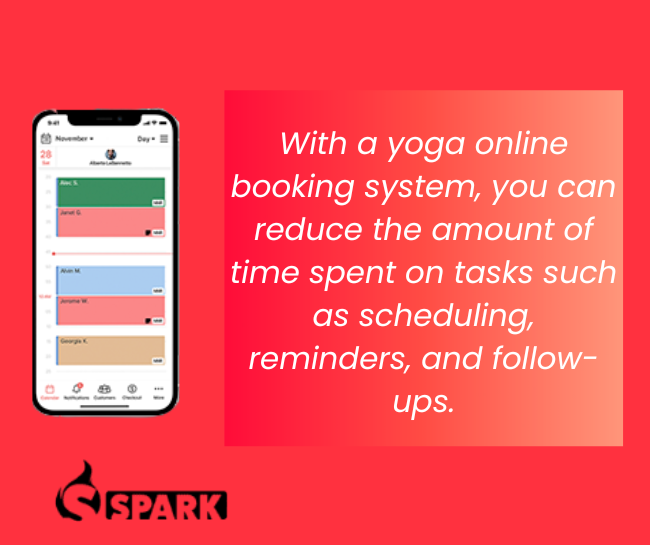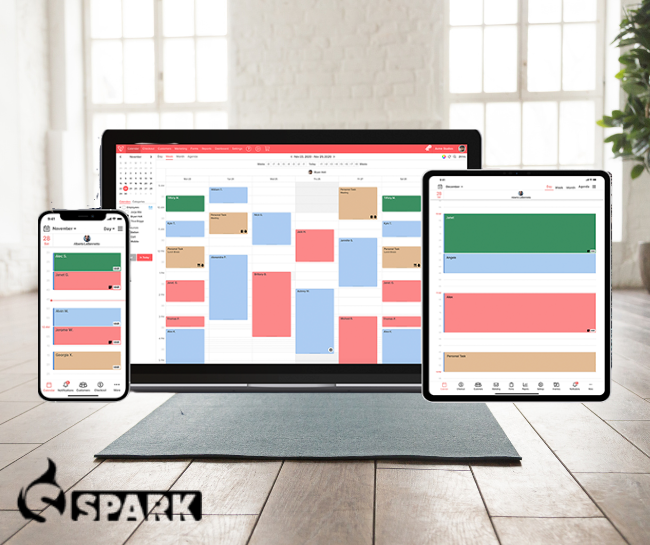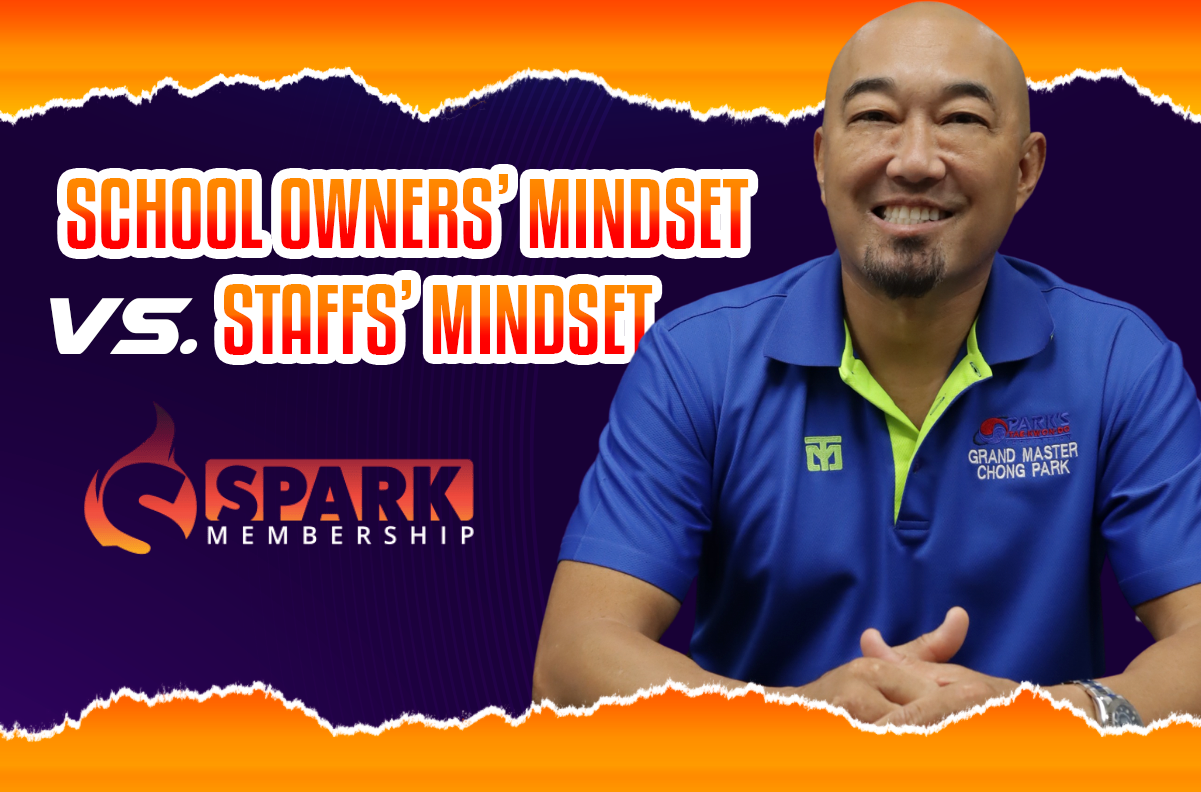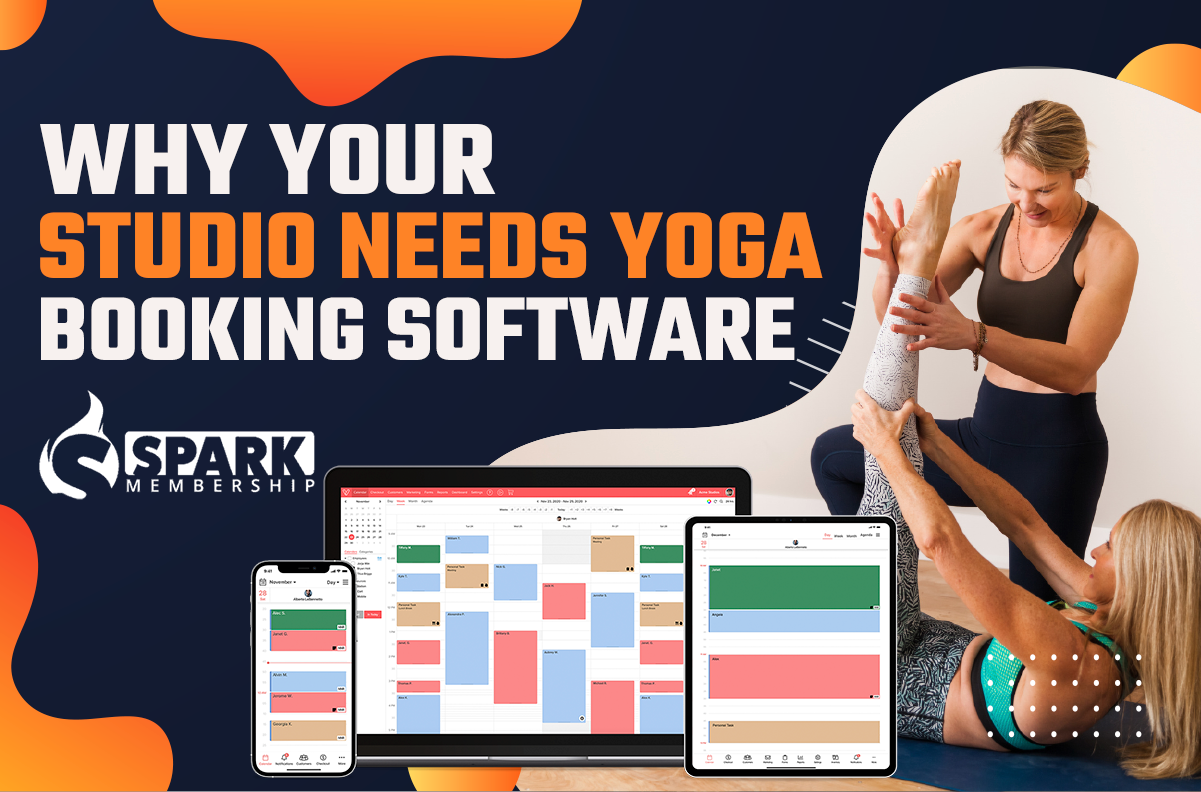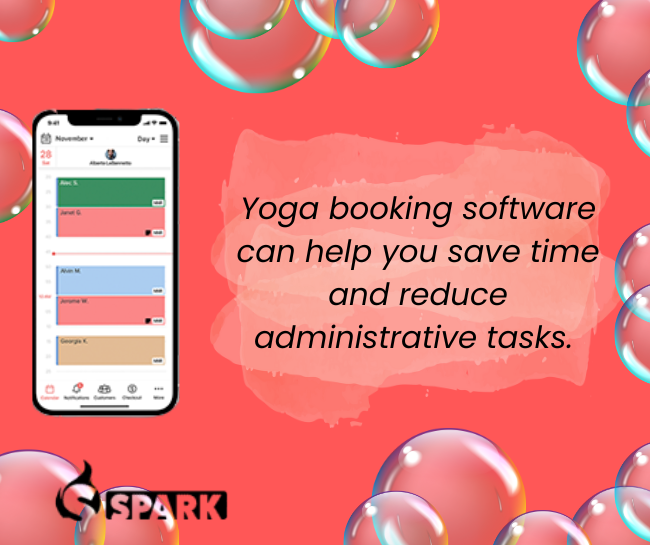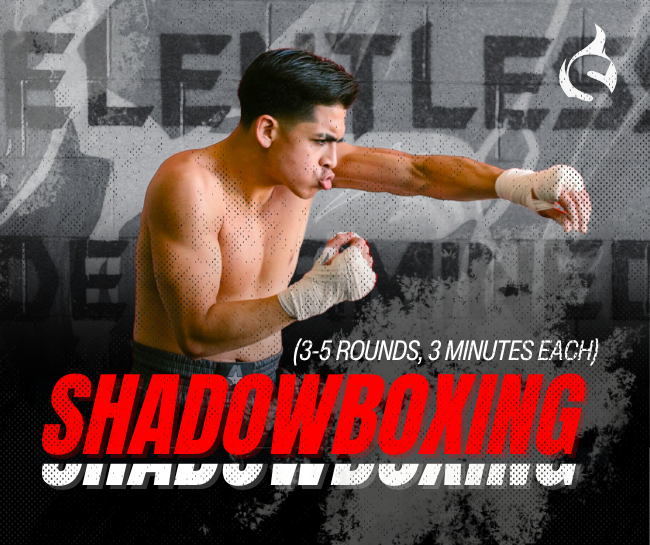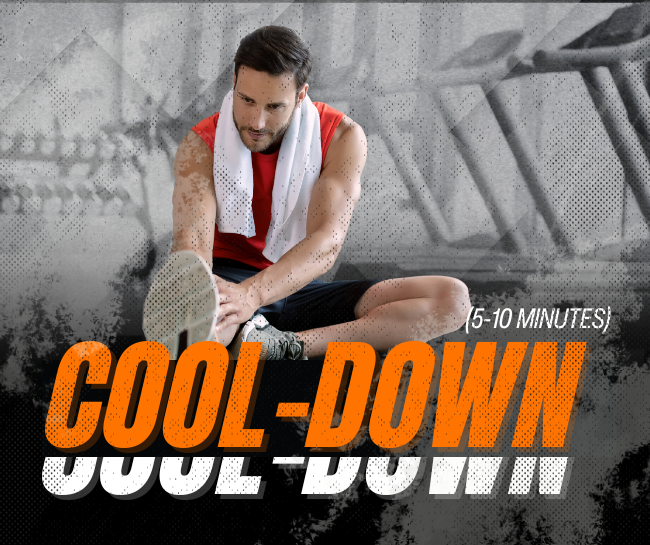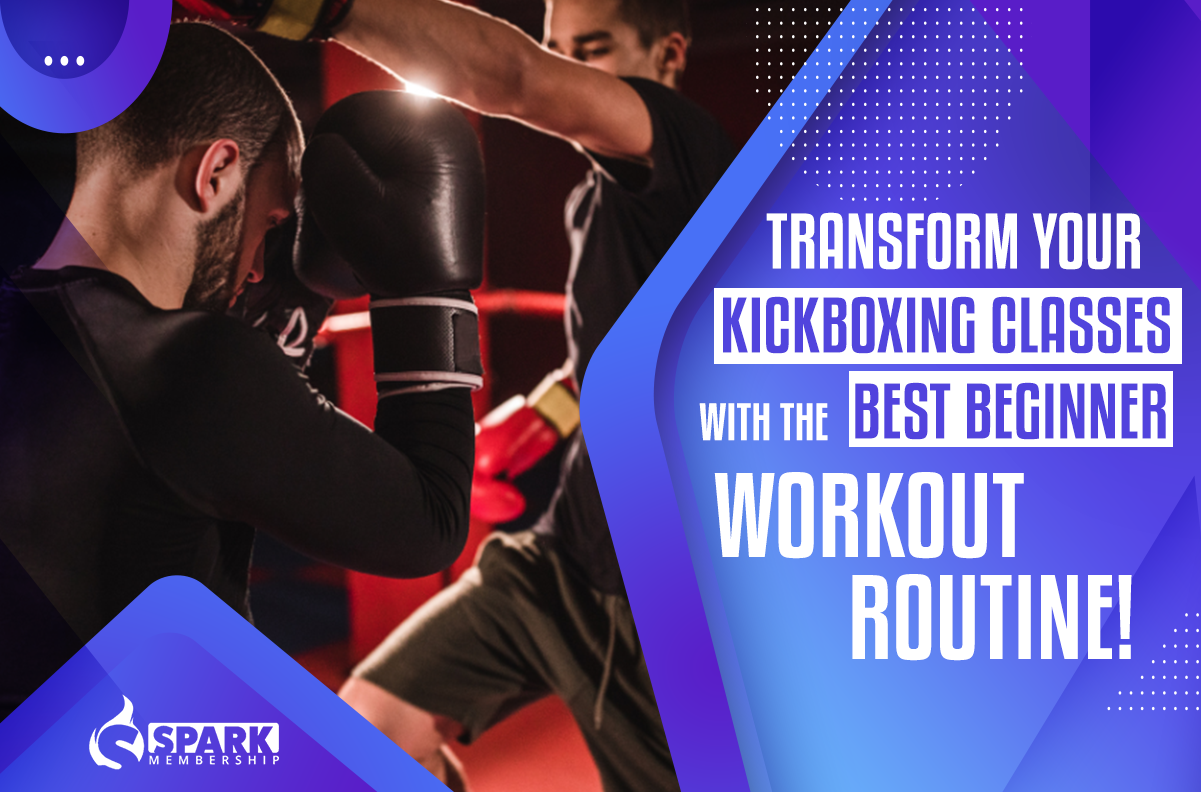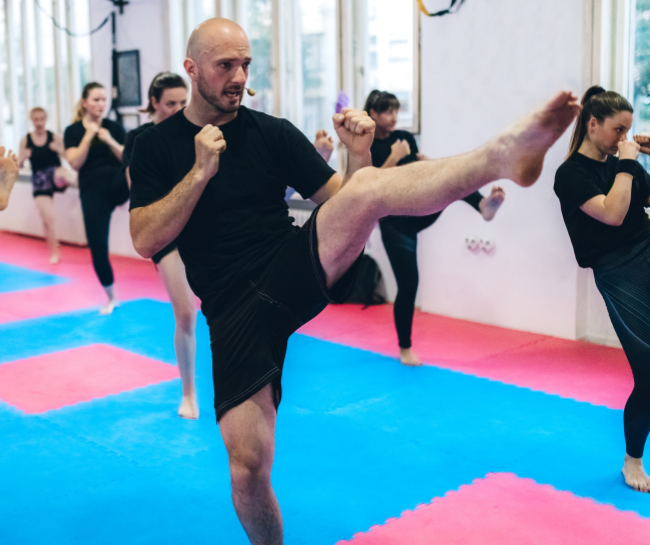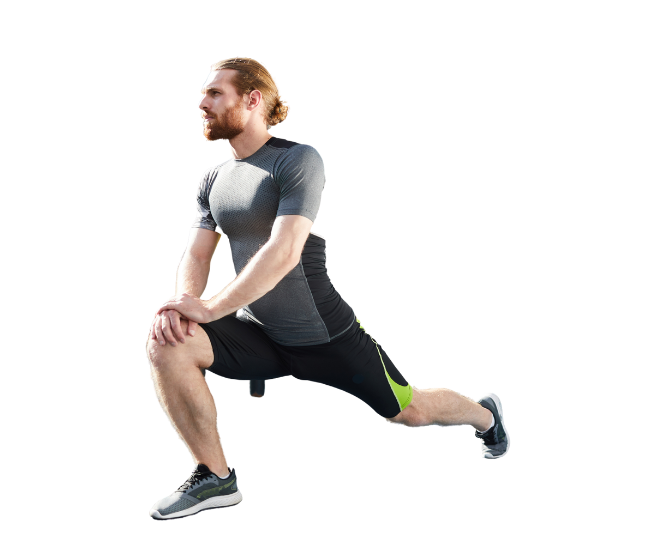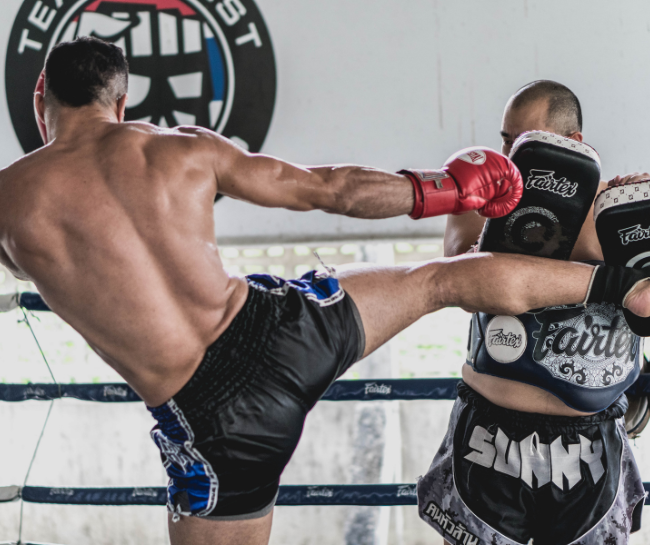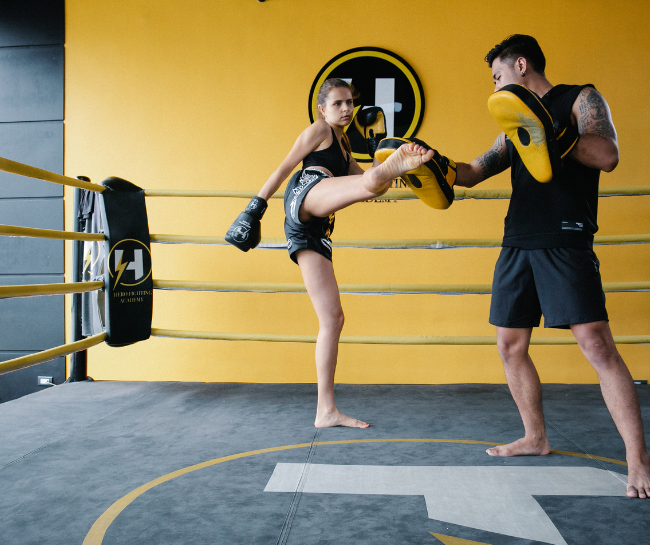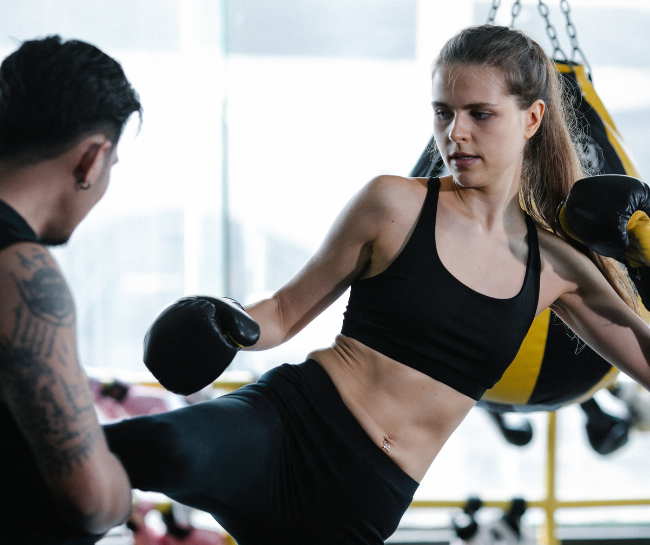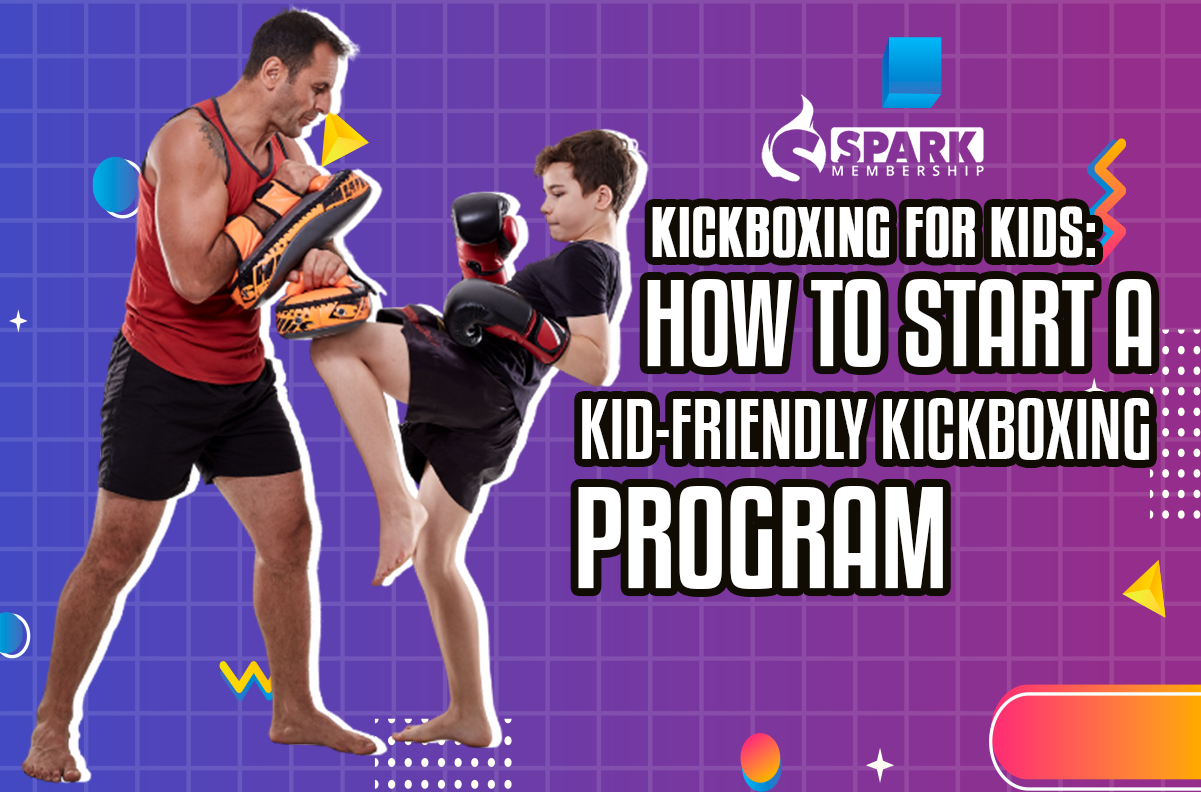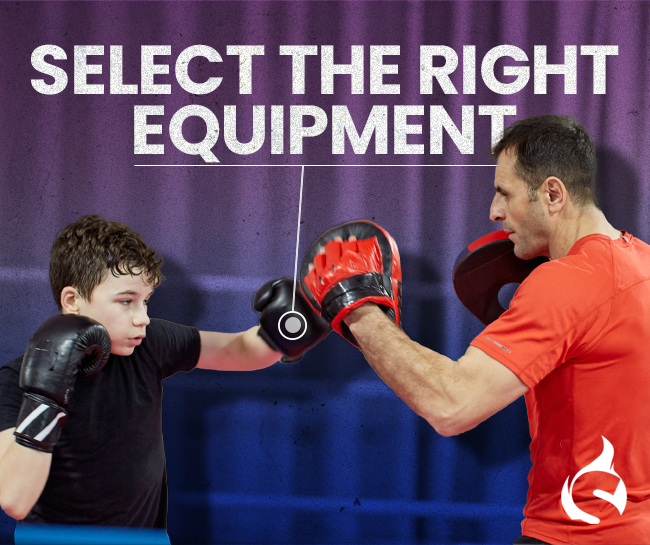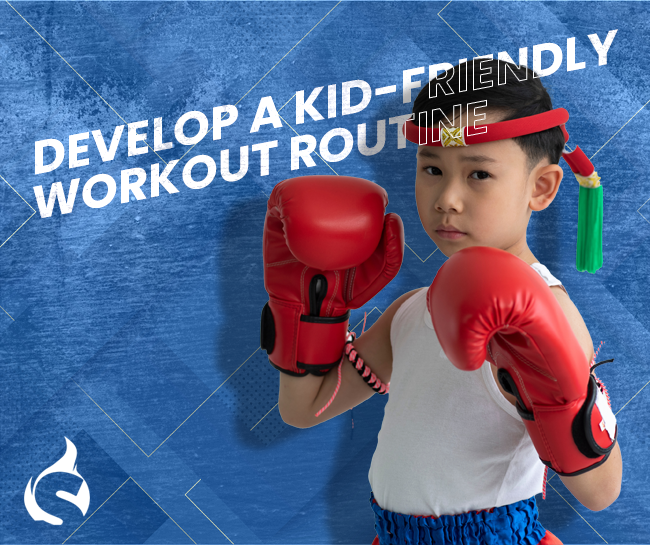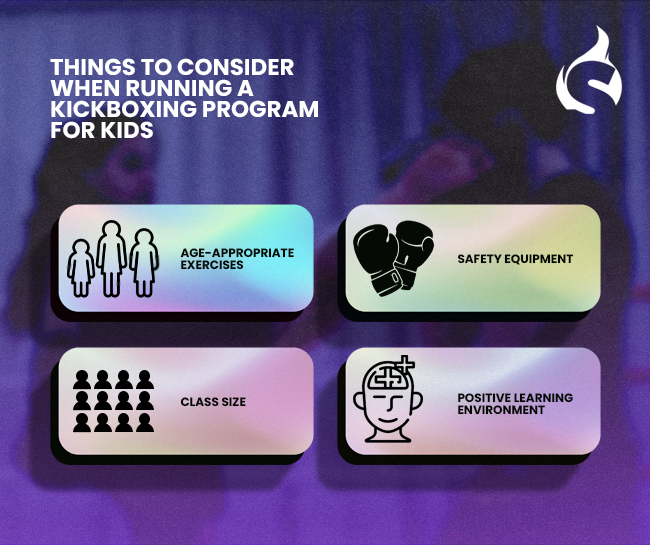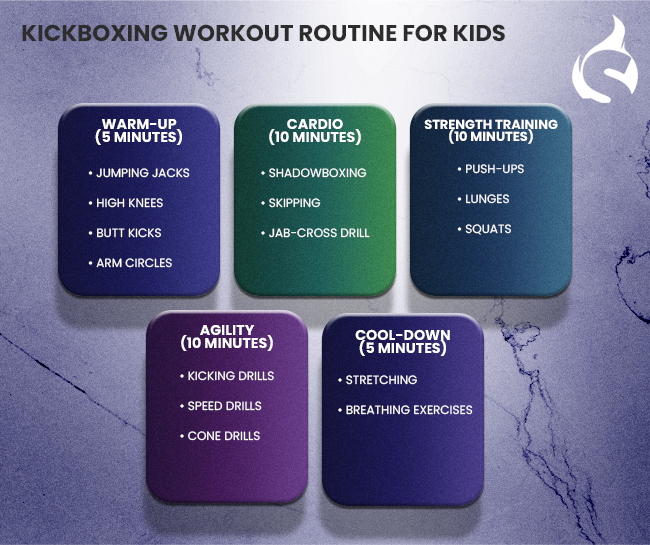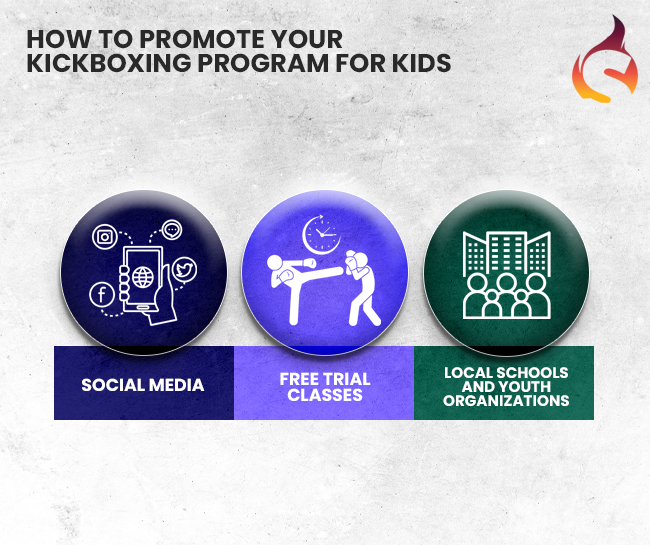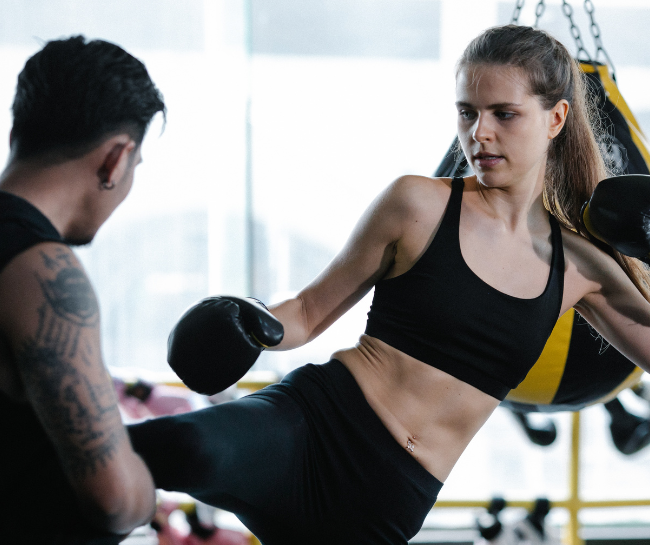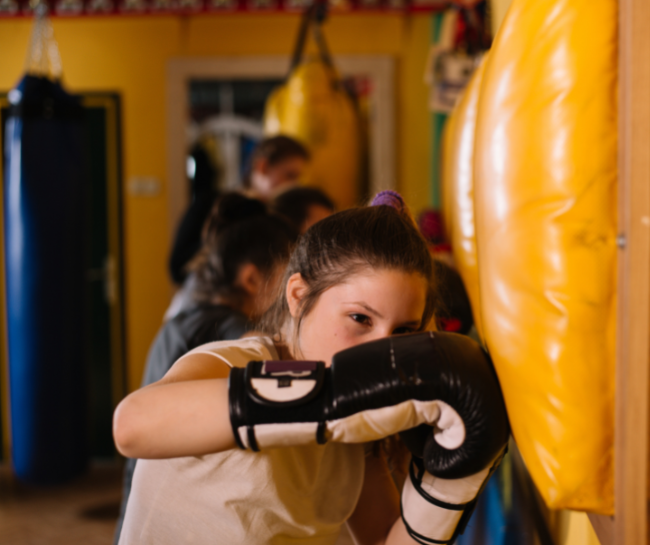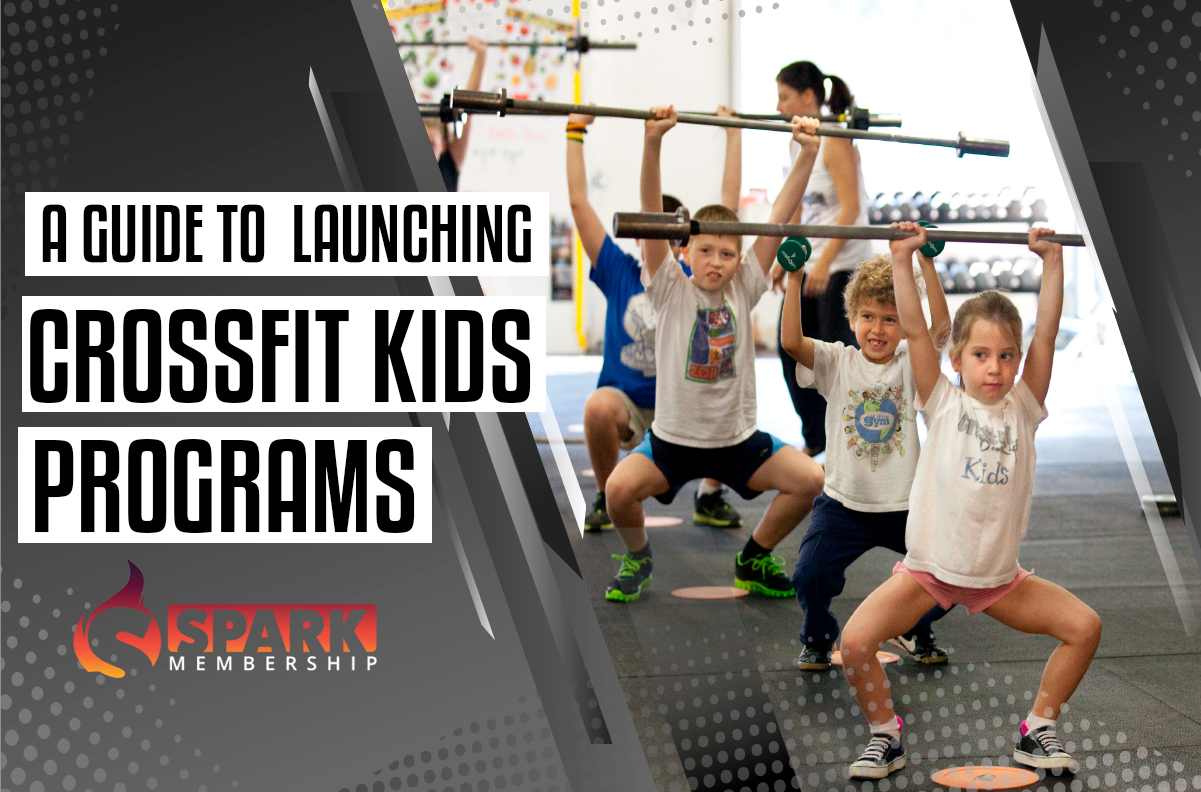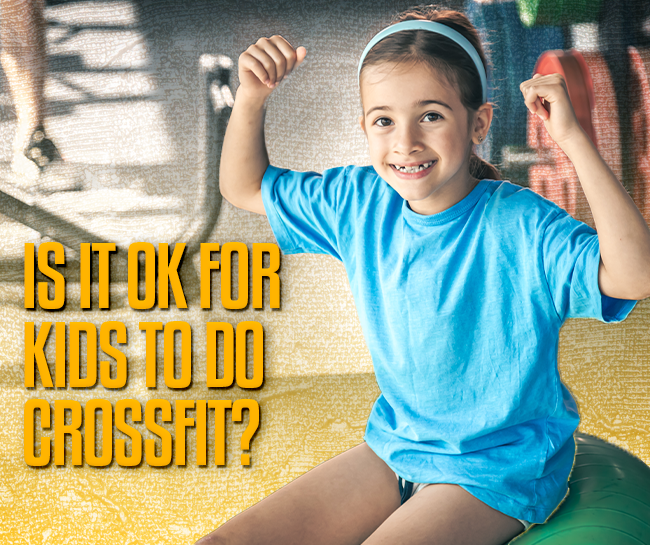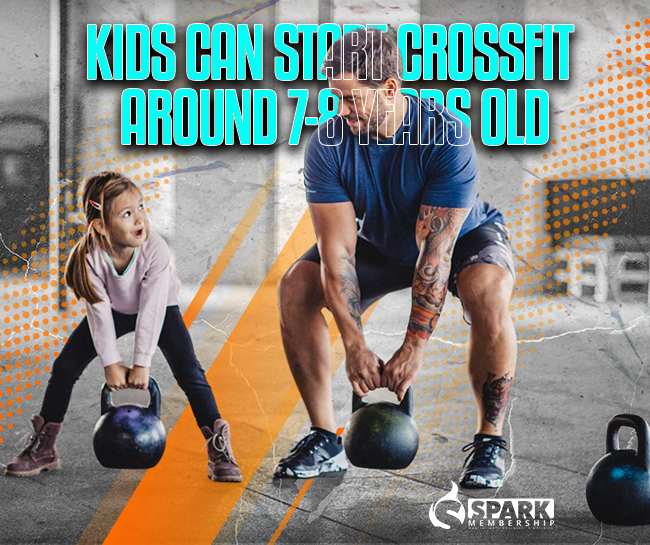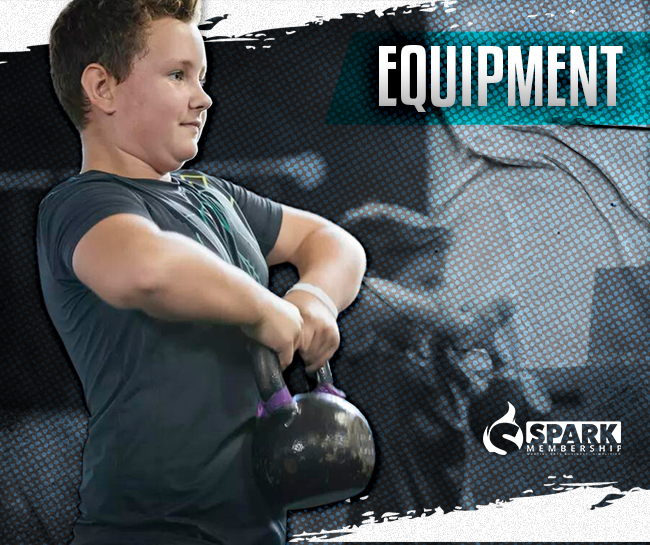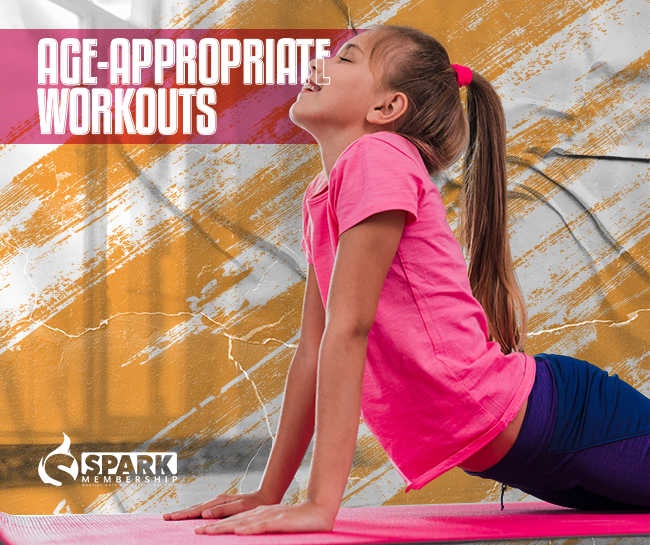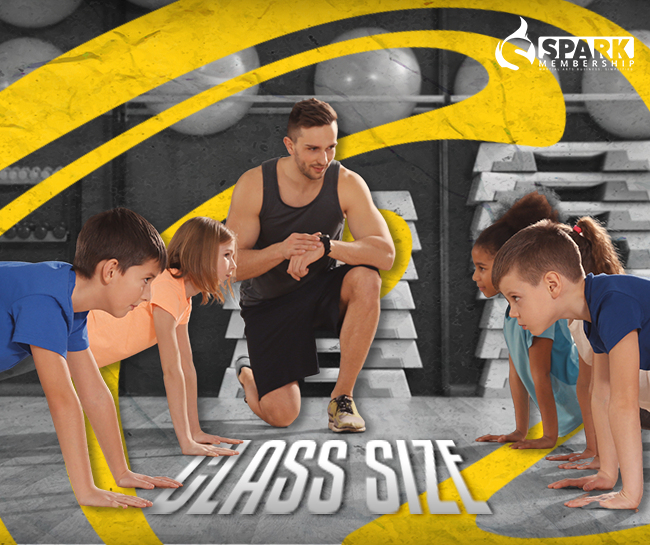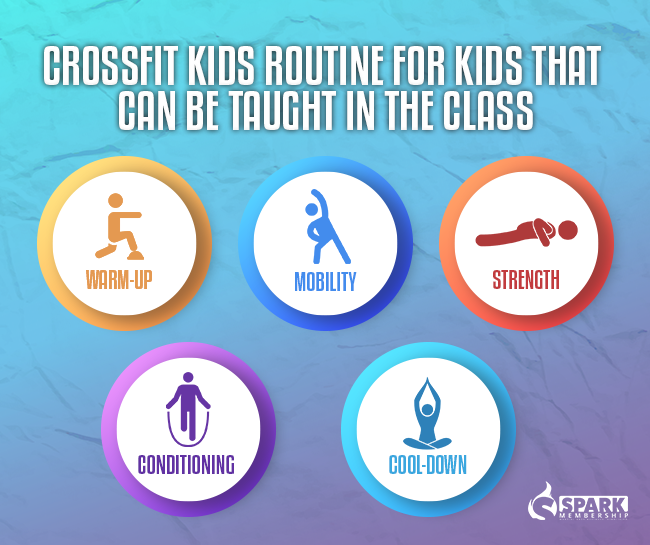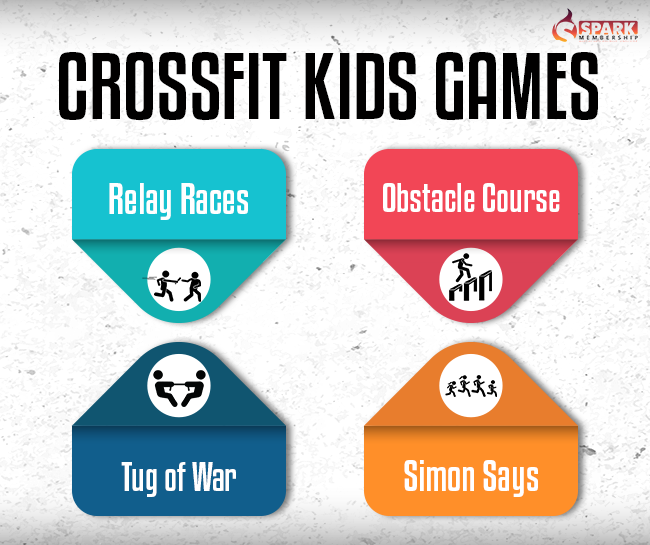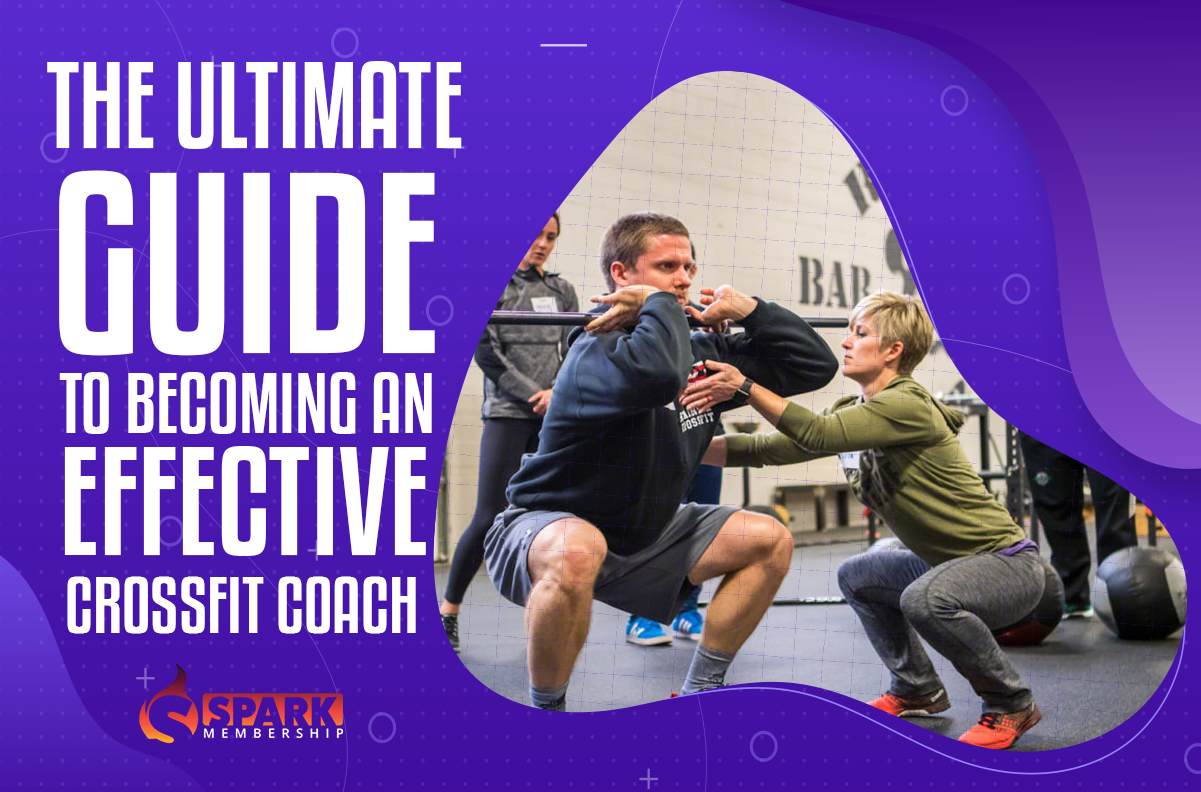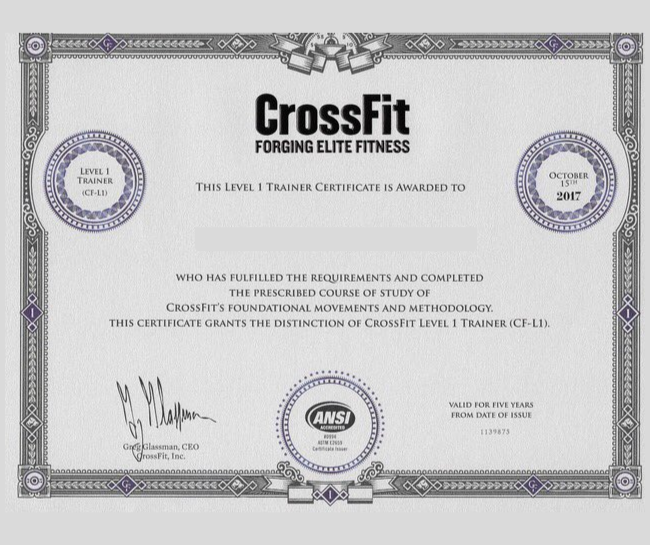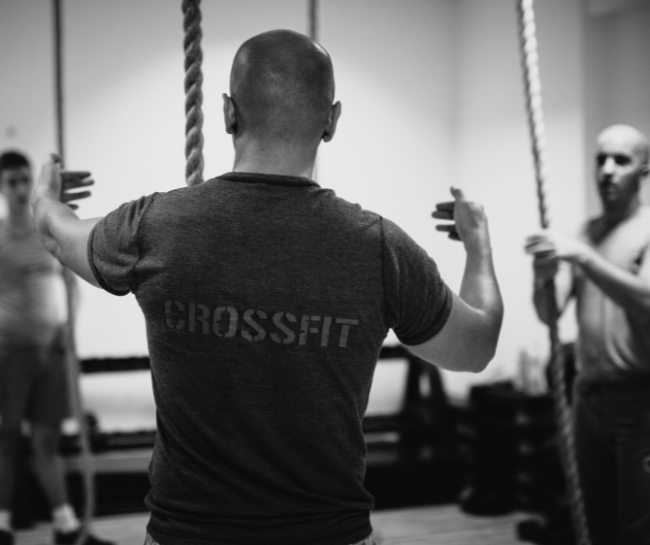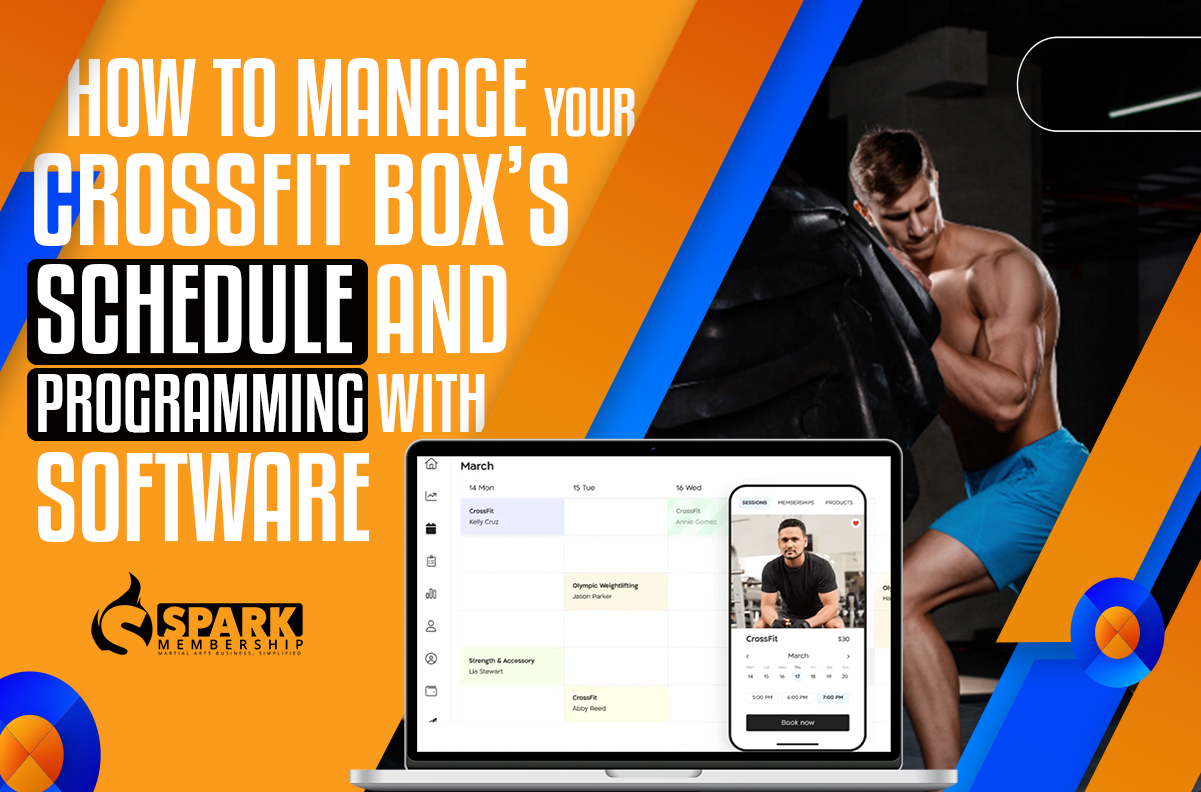
CrossFit boxes are bustling centers of physical fitness and wellness, but managing their schedules and programming can be a headache for owners and coaches. Luckily, there are various software tools available that can help streamline the process and make running a CrossFit box easier.
Here are some tips on how to manage your CrossFit box’s schedule and programming with software:
Use Scheduling Software
- Simplify scheduling

Scheduling software centralizes CrossFit box’s schedule management, including setting up recurring classes, blocking off times for special events, and allowing easy changes. Clients can view and sign up for classes online, reducing staff workload and ensuring proper class attendance
- Improve organization

Centralizes all scheduling information, eliminating the need for spreadsheets or paper schedules. It allows for easy viewing of schedules by day, week, or month, making it easier to plan and manage the CrossFit box’s operations.
- Reduce no-shows
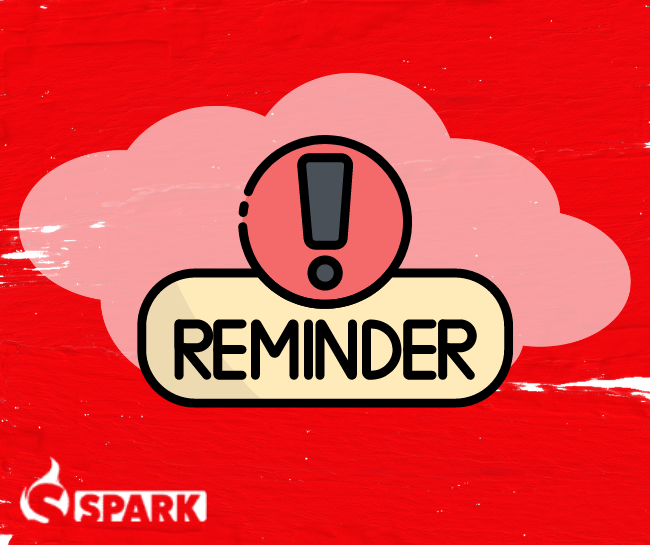
Send automatic reminders to clients about upcoming classes, which helps reduce the number of no-shows. This not only improves the client experience but also helps ensure that classes are fully attended and run smoothly.
- Improve client experience

Enables clients to view schedules, sign up for classes, and receive reminders from home. This improves the client experience and makes it easier for them to plan their workouts.
- Analyze data

Provide valuable data on class attendance, peak times, and more. By analyzing this data, you can make informed decisions about scheduling changes, staffing needs, and programming adjustments.
💡Unlock the full potential of your Crossfit box and take your scheduling and programming to the next level with the power of scheduling software. Let technology work for you and focus on what you do best – helping your members achieve their fitness goals.
Use Communication Tools
Effective communication is a critical aspect of managing a CrossFit box. Here are some specific ways in which communication tools can help:
- Facilitate communication

Allow you to easily communicate with staff and clients. You can share important information, ask questions, and collaborate on projects. This makes it easier to keep everyone in the loop and ensure that your CrossFit box is running smoothly.
- Streamline operations

By using communication tools, you can streamline your CrossFit box’s operations. You can quickly and easily communicate with staff and clients, share information, and resolve issues. This helps improve efficiency and productivity, which can lead to a more successful business
💡Effective communication is the lifeline of any successful Crossfit Box, and leveraging the right communication tools can help Box owners streamline their scheduling and programming processes, enabling them to focus on what they do best – transforming lives through fitness.
Monitor And Manage Finances
Monitoring and managing finances is crucial to running a successful CrossFit box. Here are some specific ways in which financial management software can help:
- Manage invoicing

Allow you to easily manage invoicing. You can create and send invoices, track payments, and automate reminders for overdue payments. This helps ensure that you are paid on time
- Track expenses

Allow you to track expenses, which is essential for managing cash flow and budgeting. You can categorize expenses, track receipts, and monitor spending trends. This helps you identify areas where you can cut costs and make informed financial decisions.
- Monitor revenue

Allow you to monitor revenue, which is essential for understanding the financial health of your CrossFit box. You can track revenue by class, coach, or client, which can help you identify areas where you need to improve profitability.
- Analyze KPIs

Provide valuable data on key performance indicators (KPIs) like revenue, expenses, and profit margins. By analyzing this data, you can make informed decisions about pricing, staffing, and programming.
💡By monitoring and managing your finances with precision, you can free up your mind and focus on what matters most – delivering exceptional Crossfit programming and experiences to your clients. Let software be your ally in managing your schedule, programming, and finances, and watch your Crossfit Box thrive.
Managing a CrossFit box can be a complex and challenging task, but with the help of software tools, it can become much easier and efficient. By embracing technology and utilizing the right software tools, owners and coaches can focus on what they do best – helping their clients achieve their fitness goals.
Upgrade your Crossfit Box membership management with Spark Membership software. Streamline operations, improve retention, and grow your business. Join the countless Box owners who have already switched.


